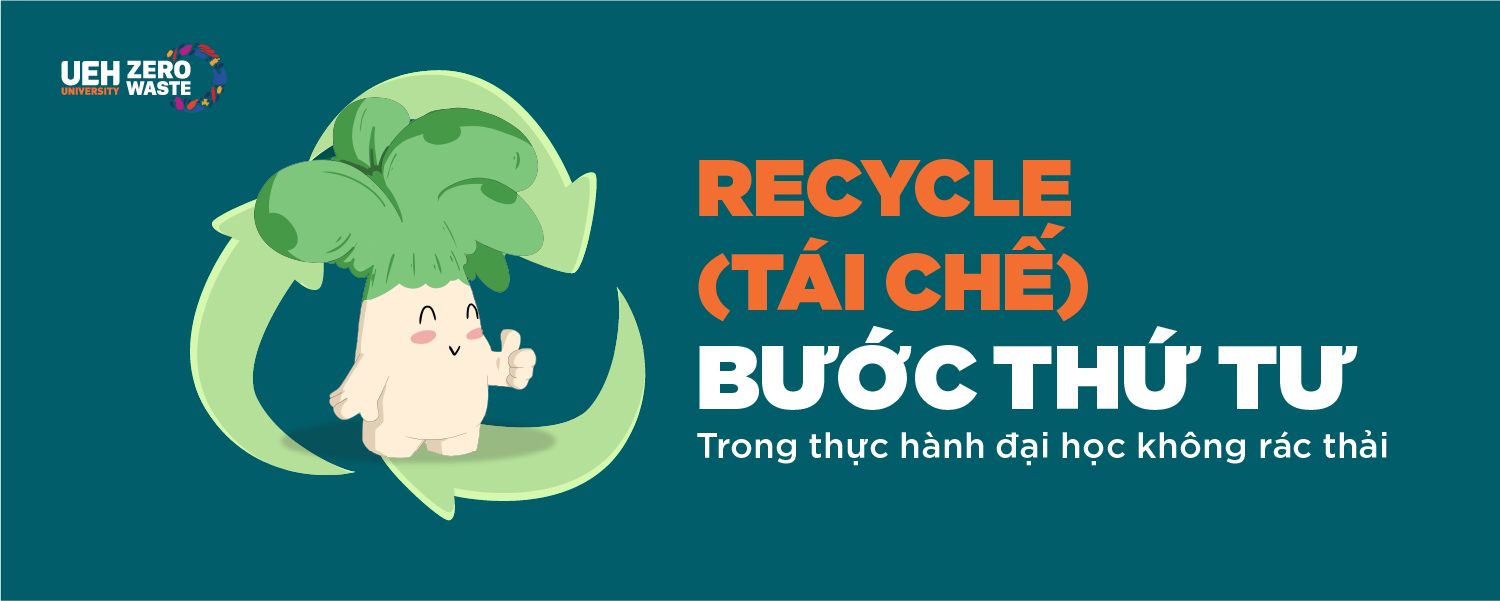
UEH Zero Waste Campus: Recycle - The Fourth Step in Zero-Waste University Practice
02 Feb, 2022
Natural resources are running out and garbage dumps are being filled with a considerably increasing speech. Our manufacturing, consuming, and discharging systems became unstable. In addition to reducing the amount of garbage generated and reusing available materials, recycling is a method to reconstruct the natural resources that limits minimally exploiting raw materials. Currently, UEH Zero Waste Campus Project would like to bring to readers several pieces of information regarding Recycle, the final “R” in the 3R Model with a desire to help you understand inclusively recycling activities to join hands to protect the environment, to conserve the natural resources, and to maintain the green and zero-waste lifestyle.
The role of Recycle
Recycling is the process of separating, collecting, and reproducing or transforming used products or waste into new materials, Recycling help last the longevity and usefulness of objects by returning them to raw materials and then using them to manufacture new objects with new functions. This is a part of three golden principles of sustainability (Reduce, reuse, and recycle) having lots of benefits for human beings and the environment. Most of the Planet is affected by the scale of recycling we make.
Why is recycling important? Because recycling avoids pollution, reduces the demand for collecting raw material, saves energy, decreases the emission of greenhouse gases, saves finance, cuts the garbage buried in dumps. Aiming to a sustainable society, recycling needs to play the core role.
Recycling steps
Recycling includes three essential steps, generating a continuous circulation, represented by a familiar symbol.
- First step: Gathering and processing
Classifying and gathering reusable waste. Recycling needs conducting throughout manufacturing activities with distinctly modern machines; therefore, home recycling is still limited. The most effective and simplest way is that each individual classifies their garbage radically, separates them from recycled waste, and delivers them to garbage-unifying or recycled units. Besides, some activities can be conducted at home similar to composting leftovers to make fertilizers for plants.
- Step 2: Producing
After gathering, recycled waste is sent to resources-management areas. They are classified, cleaned, and processed into products used in production. There are lots of objects produced after recycling these days. Common household objects that are recyclable include:
- All-sort paper waste: newspaper, tissues, papers, milk package and so on;
- Metal waste listed as aluminum cans of drinks, steel boxes for canned goods and so on;
- Plastic waste: plastic straws, disposable plastic boxes, plastic bottles of water and so on;
- All-sort glass waste.
- Step 3: Buying new products made of recycled materials
Recycled waste, after that, are being bought and sold as raw materials, and the prices are increased or decreased based on supply and demand. You can help minimize the circulation by buying new products made of recycled materials. There are thousands of recycled materials. When you go shopping, you can find the following products:
- Easily-recyclable products;
- Products containing recycled elements.
Several recyclable products that you may not know:
- Papers/ cartons: You can recycle paper articles, magazines, old books, pizza boxes, shoes boxes, carton boxes.
- Plastic: Plastic bottles, plastic detergent containers, and so on. However, do not forget to refresh them before recycling.
- Glasses: Glass bottles and cups are all recyclable.
- Aluminum: aluminum foil can be recycled. Make sure that leftovers are removed before recycling.
- Battery: Battery is one of the most recycled products. Although batteries are impossibly recycled, most kinds of batteries (including lithium-ion, lithium metal, lead-acid, nickel-cadmium, and other rechargeable batteries) can not be discharged to household or recycled trash bins. These sorts of batteries require distinct processing and must be delivered to special loading locations or household dangerous garbage dumps.
- Electronics: Recyclable electronic devices comprise phones, computers, and so on. Before recycling electronic devices, delete your personal information saved.
- Food: Food cannot be recycled. Nevertheless, throwing food into trash bins is not the best waste management solution. Food finally buried in landfills leads to methane emission, leading to climate change.
You can reduce leftovers by buying only what you absolutely need and eat them completely. Composting is an environmental-friendly food-waste processing method.
- Regardless of being used, do not pour your used diesel into sewers - diesel being used once can contaminate 1 million gallons of water. By recycling used diesel, you contribute to saving our freshwater resources.
- Household hazardous waste: the rest of household products that are inflammable, reacting or exploding in particular circumstances, or corrosive are considered hazardous household waste. Examples are as follows: Pesticides, herbicides, insecticides, paints, solvents, oil filters, light bulbs, batteries, unimpregnated aerosols, ammunition, ammonia, antifreeze and nail polish, and so on. These products need receiving special care when you eliminate them. Household hazardous waste probably threaten human beings and do harm to the environment when they are released into sewers, underground, or littered to ordinary trash bins.
- Tires: Most garages must receive and recycle your used tires when you replace them with new ones. You can return your used tires to tire retailers or local recycled organizations accepting tires.
- Metals
References:
https://nems.nih.gov/environmental-programs/Pages/Benefits-of-Recycling.aspx
https://www.epa.gov/recycle/recycling-basics
https://www.epa.gov/recycle/how-do-i-recycle-common-recyclables
Collector and Editor: UEH Department of Marketing and Communication
Academic Consultant: Institute of Smart City and Management
Economy & Environment Partnership for Southeast Asia
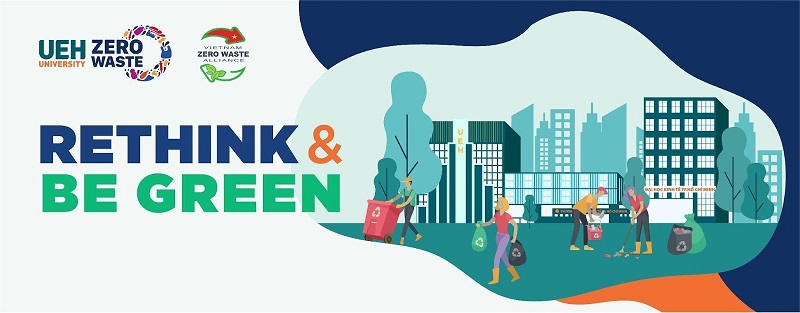

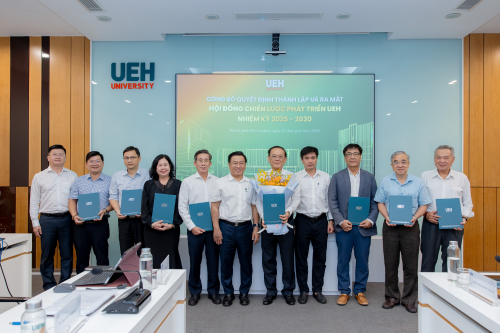
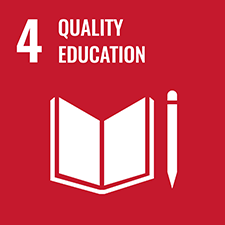
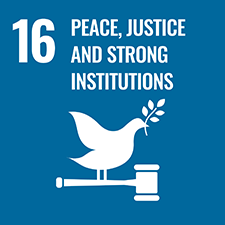
![[Research Contribution] Climate Adaptation and Ownership Structure: Determinants of Global Bank Performance](/images/upload/thumbnail/ueh-thumbnail-639024479352054880.png)
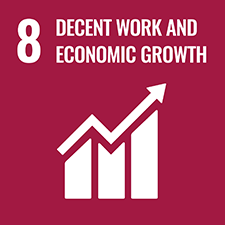
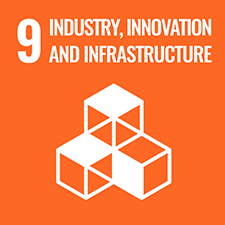
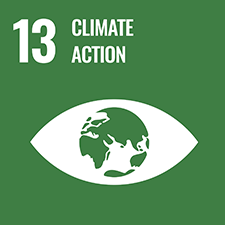
![[Research Contribution] Wage or Survival Fee? A New Perspective on Provincial Minimum Living Wages in Vietnam](/images/upload/thumbnail/ueh-thumbnail-639024468410266657.png)
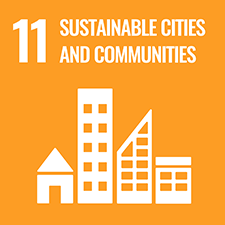
![[Research Contribution] A Model for Assessing the Impact of Accounting Data Analytics on Sustainable Information Presentation in the Public Sector](/images/upload/thumbnail/ueh-thumbnail-639024469396621767.png)
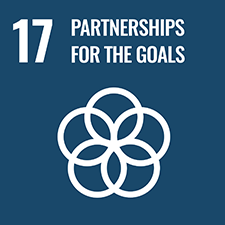
![[Research Contribution] A Strategy for Engaging Stakeholders to Implement Living Labs for Addressing Urban Issues](/images/upload/thumbnail/ueh-thumbnail-639024459455096821.png)